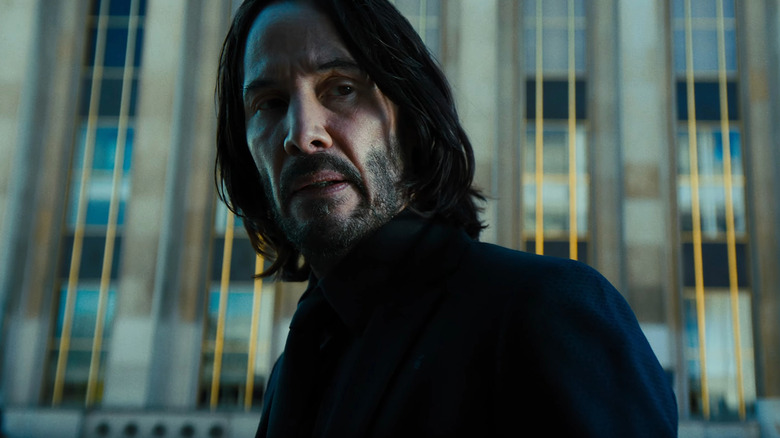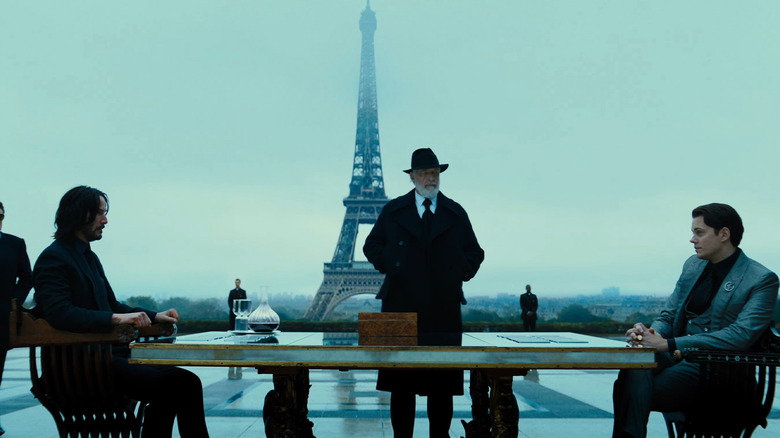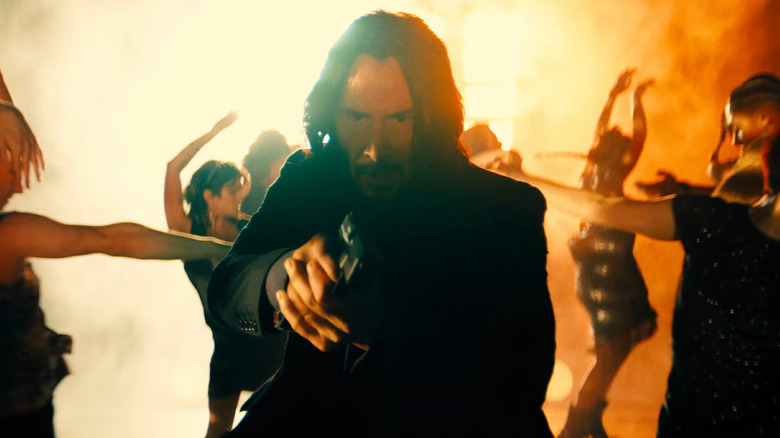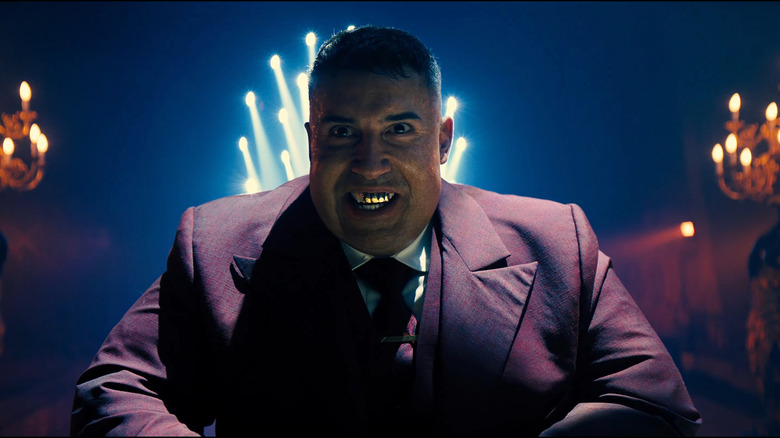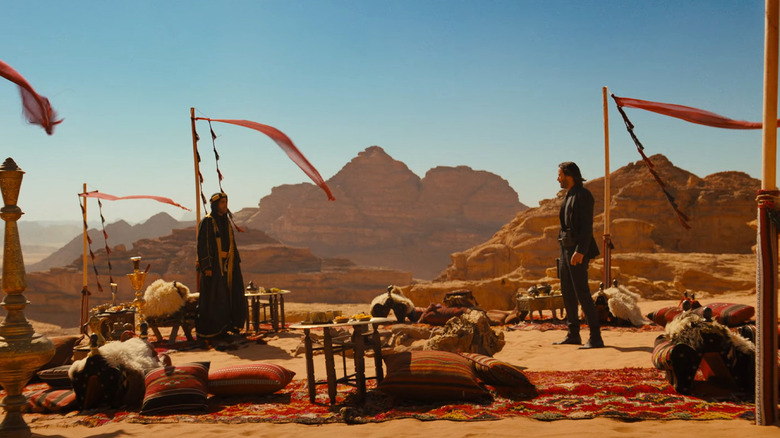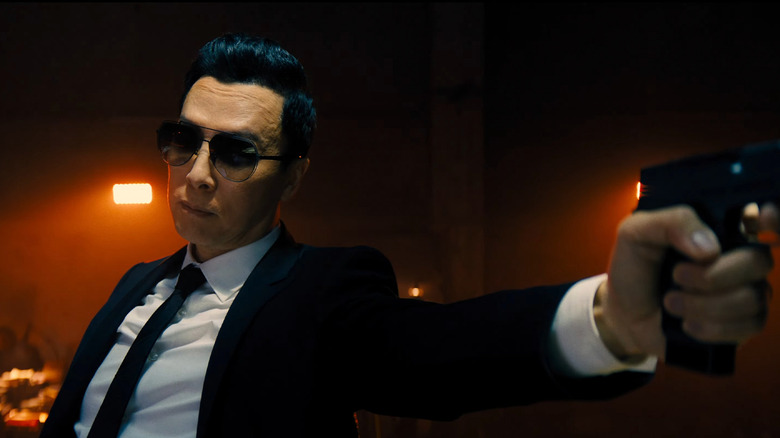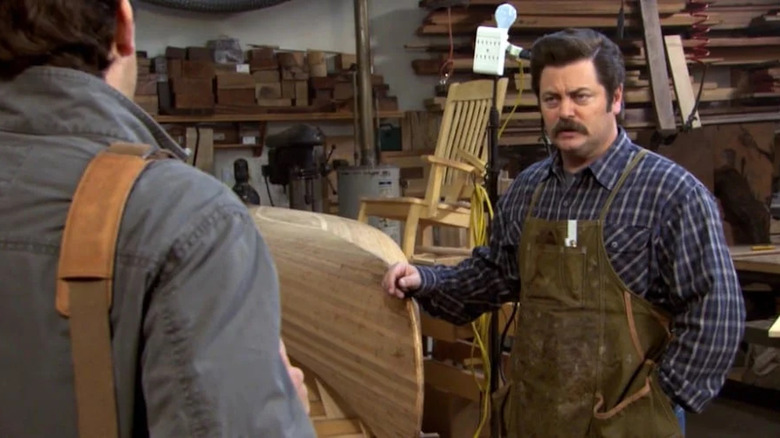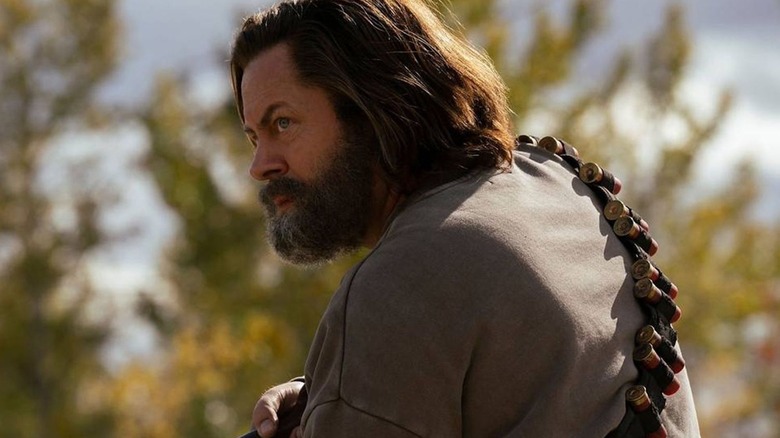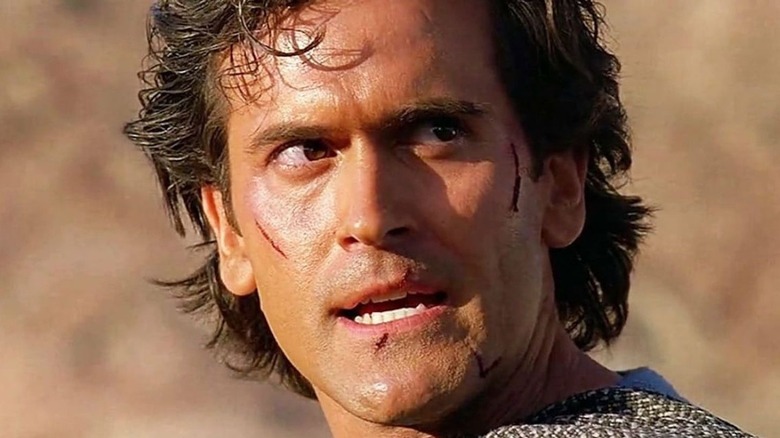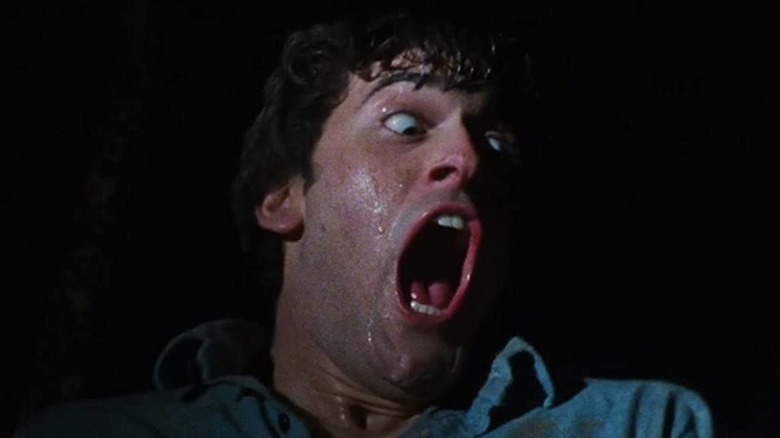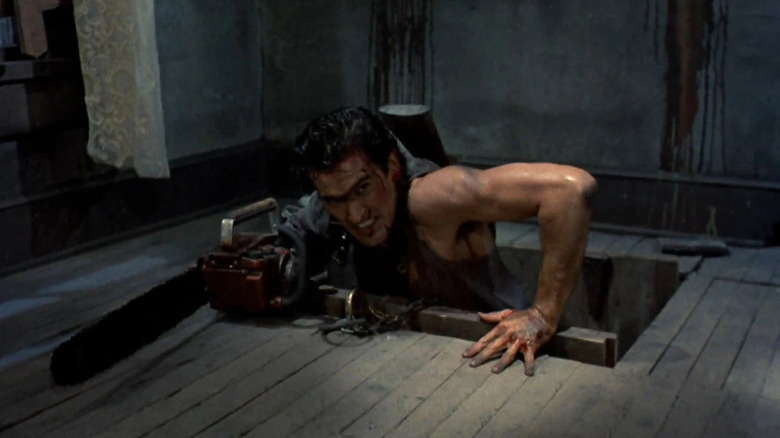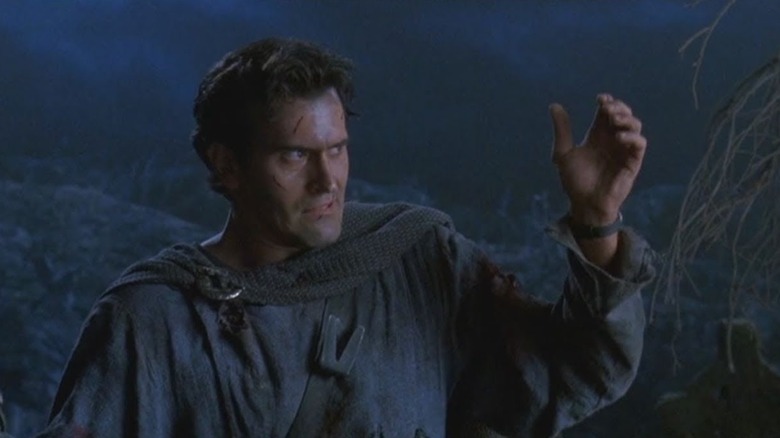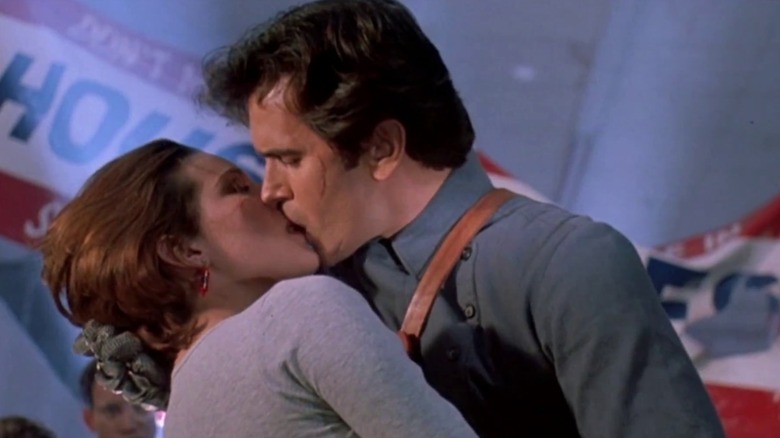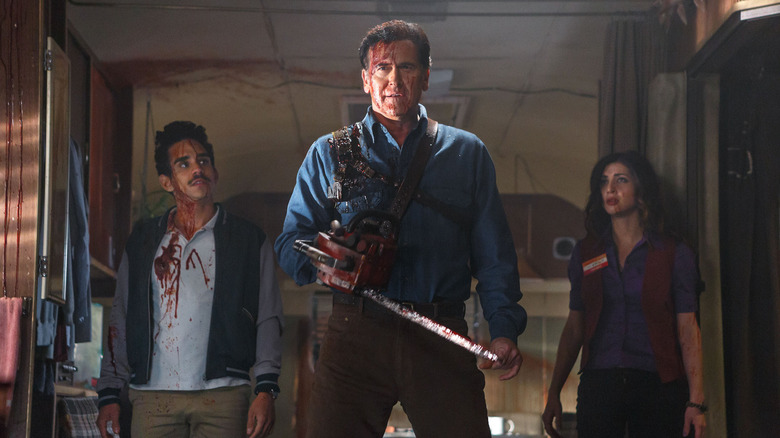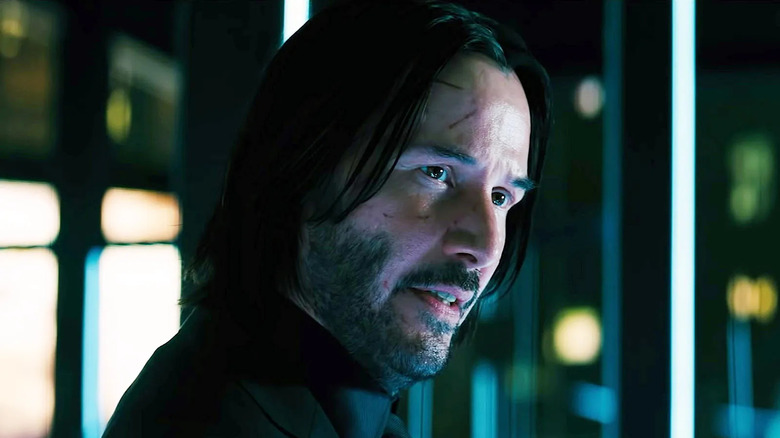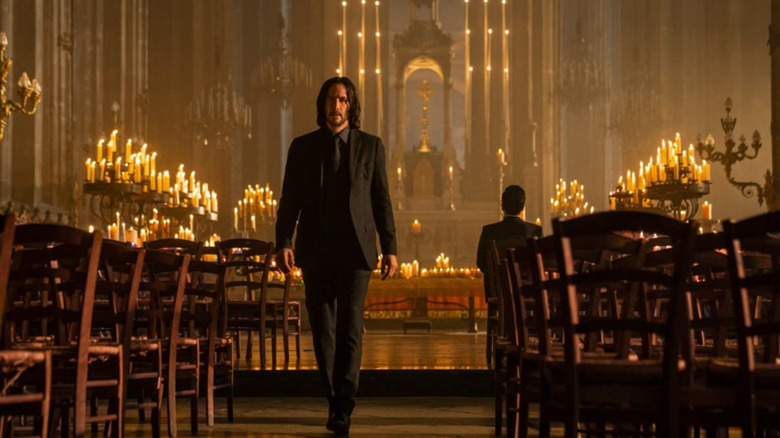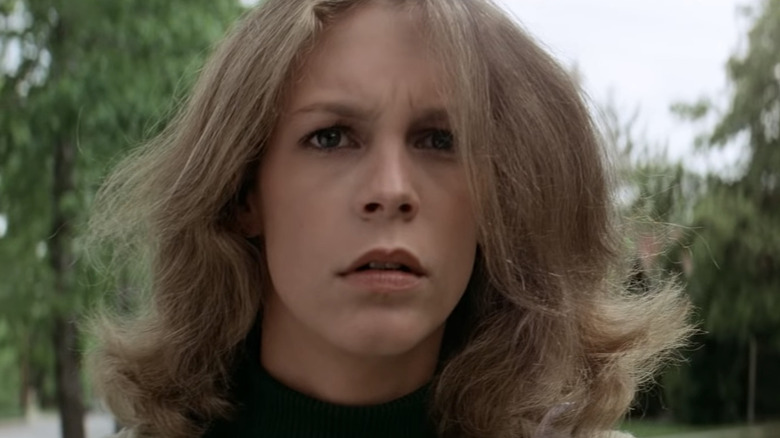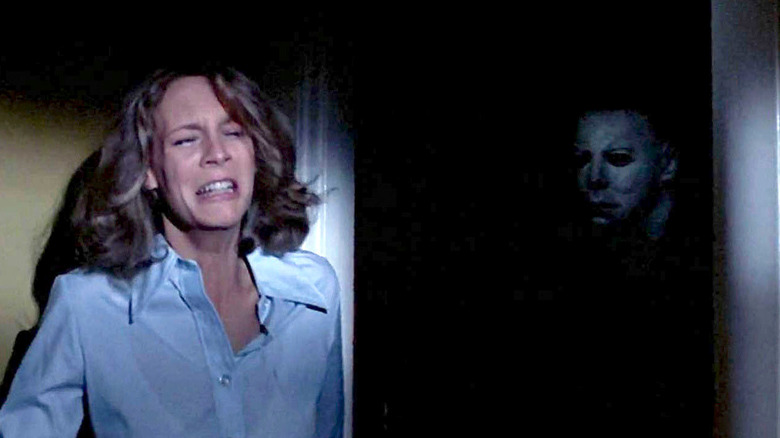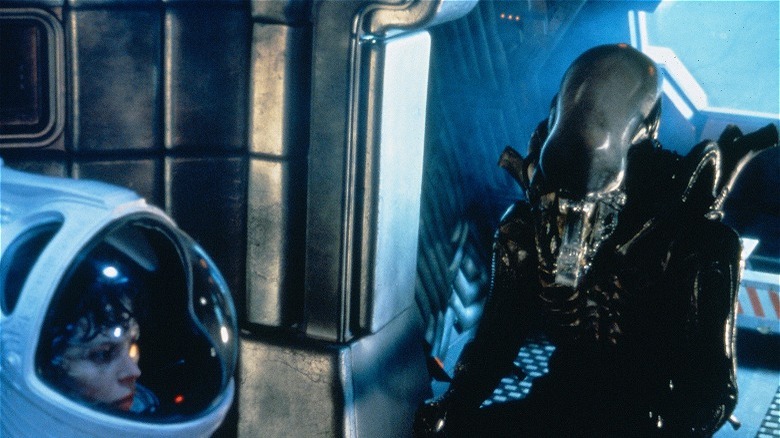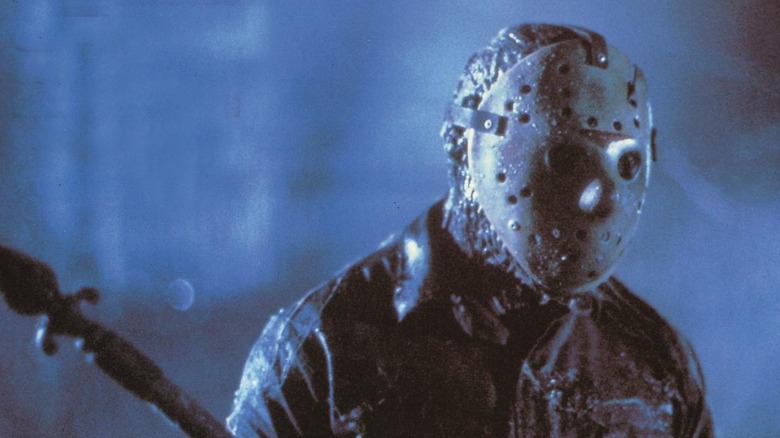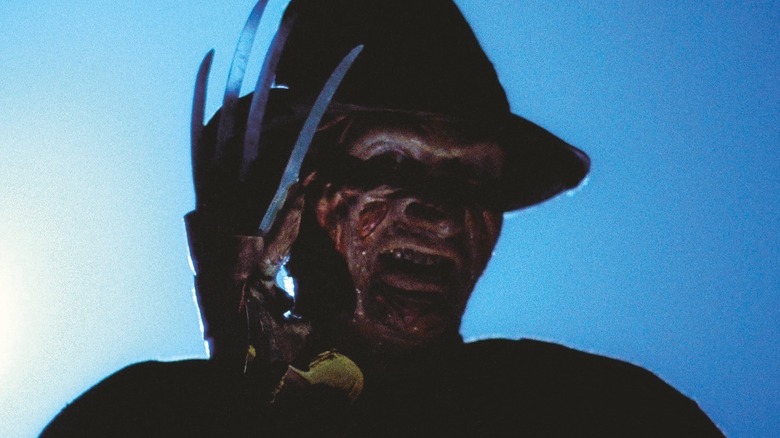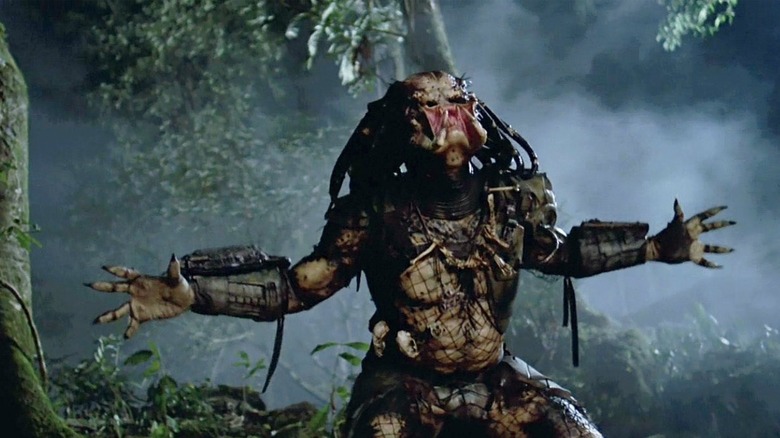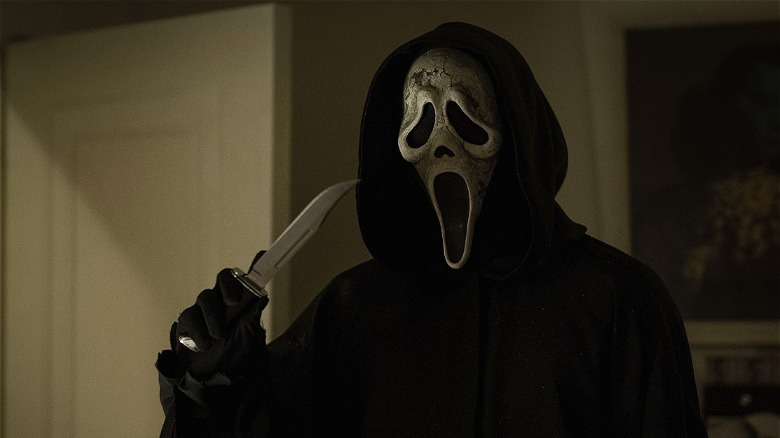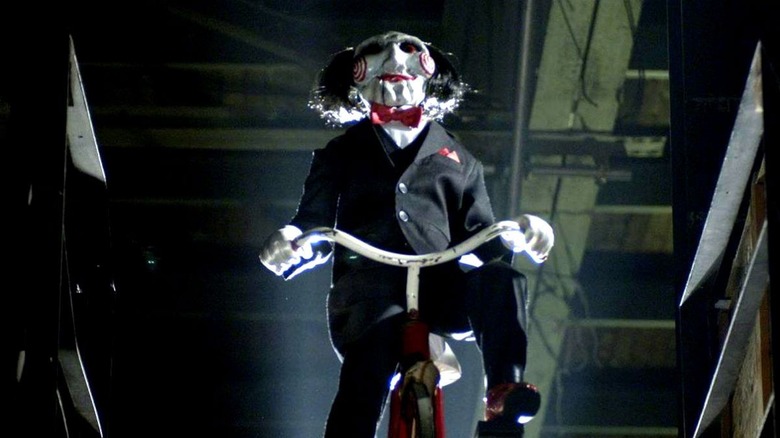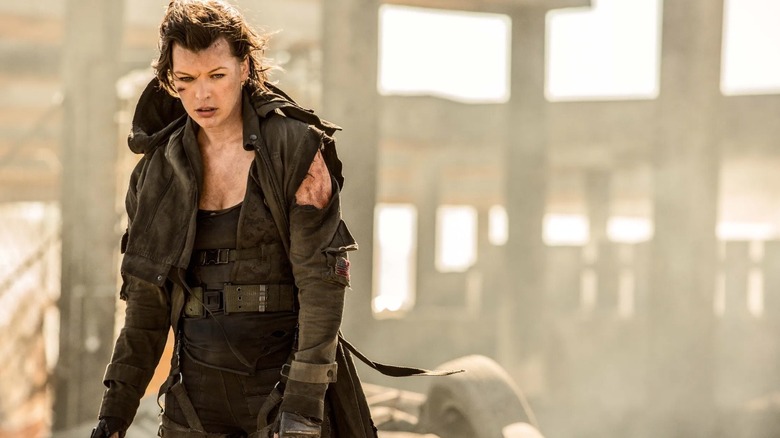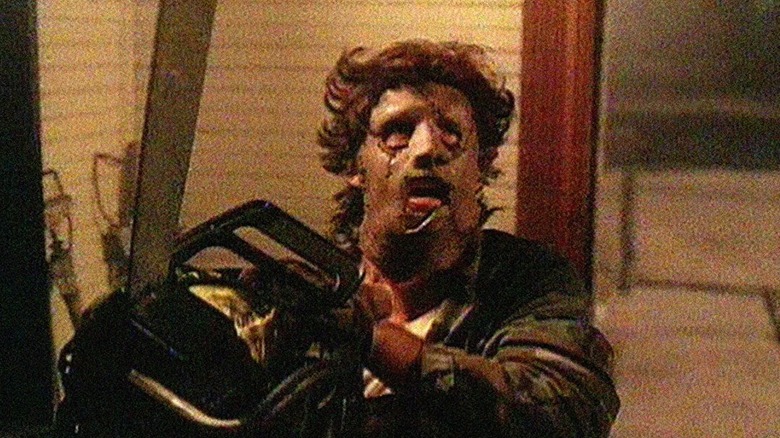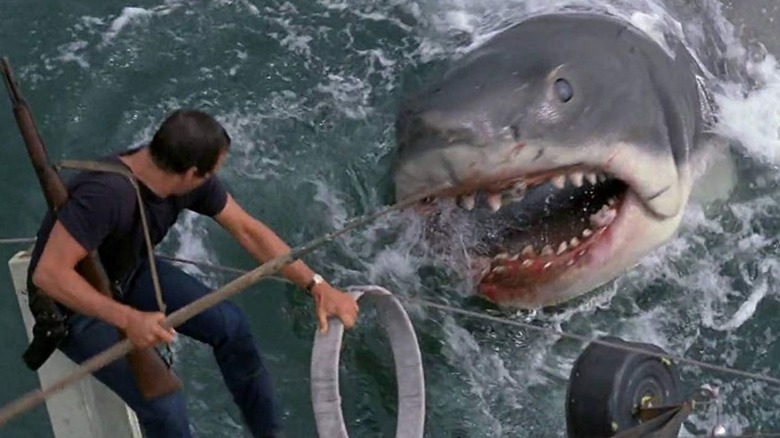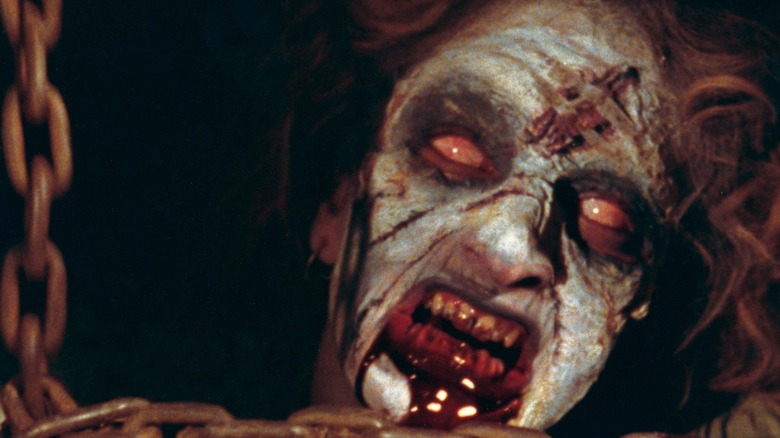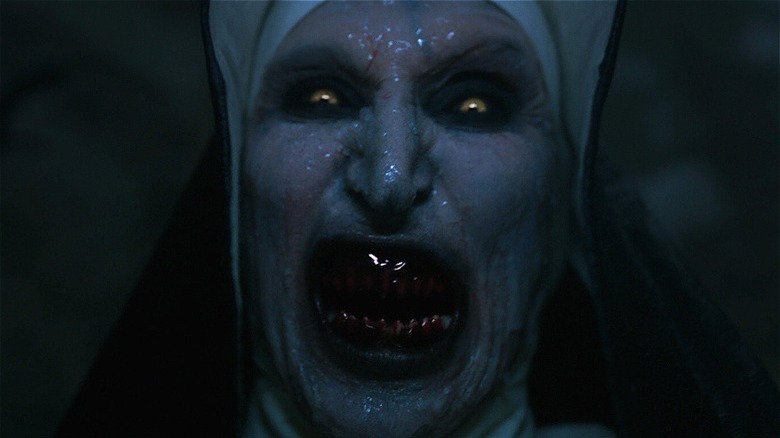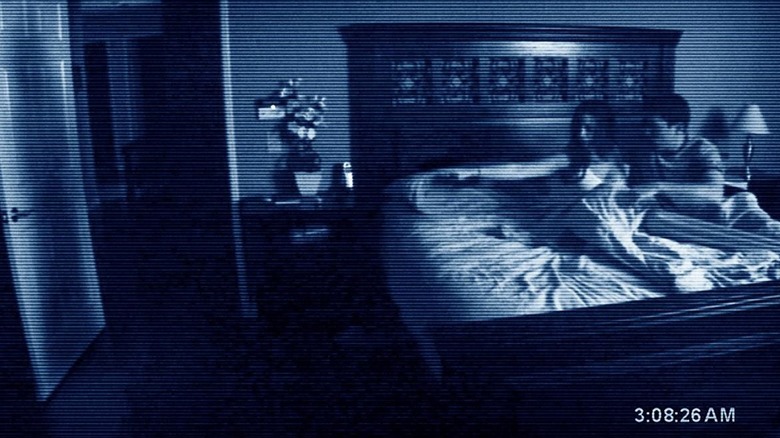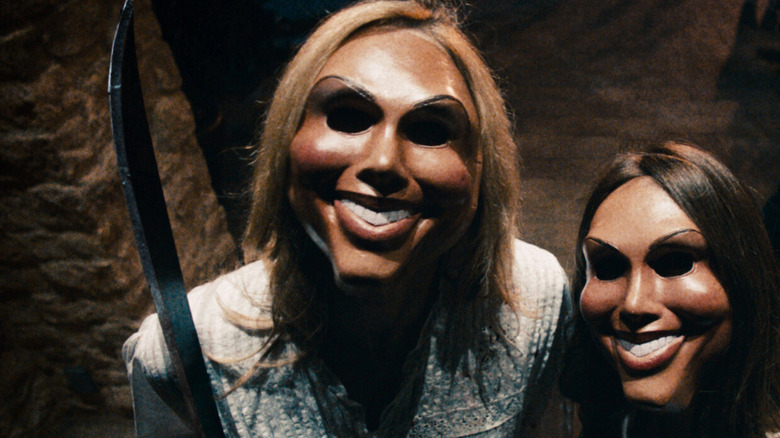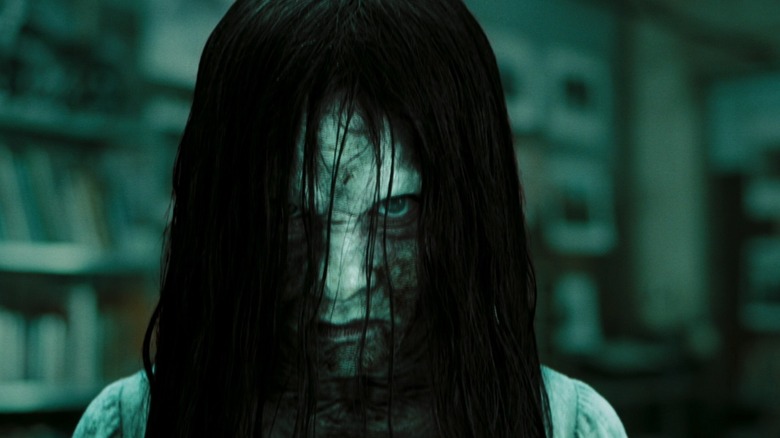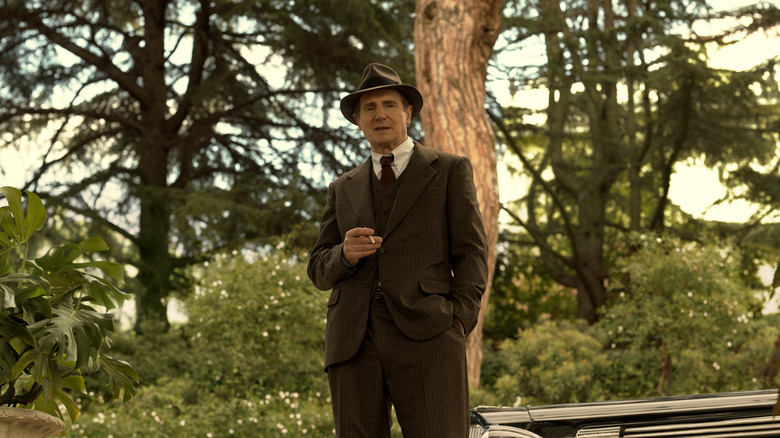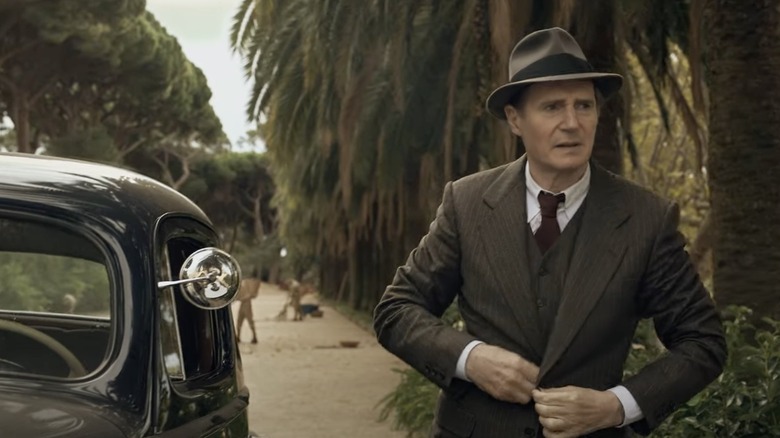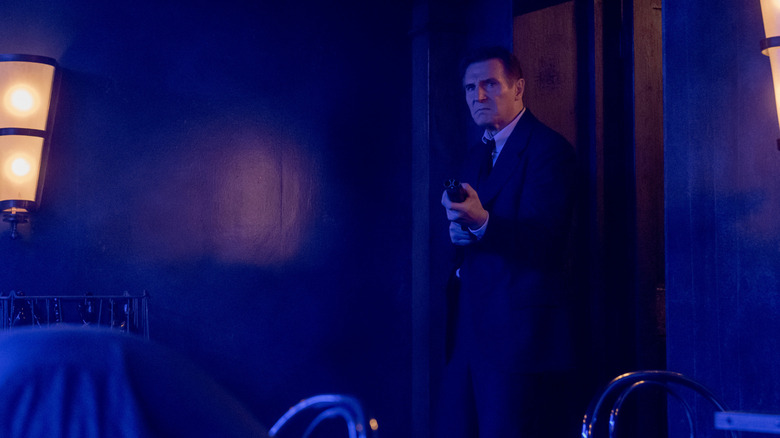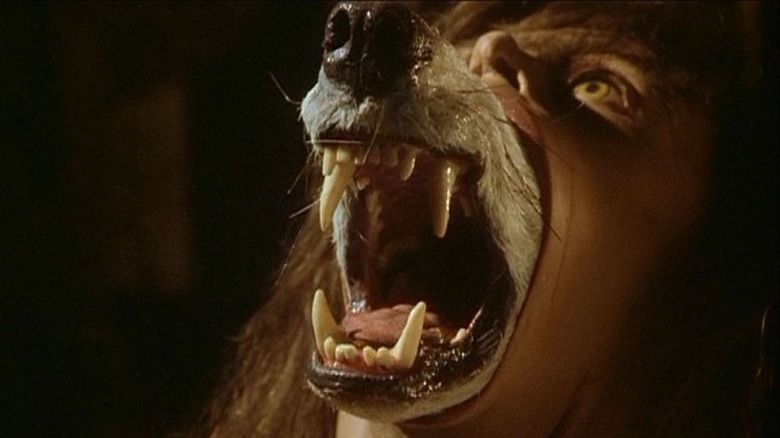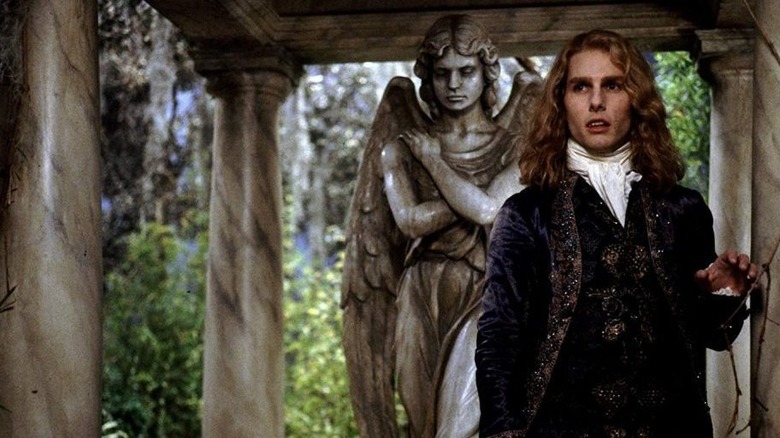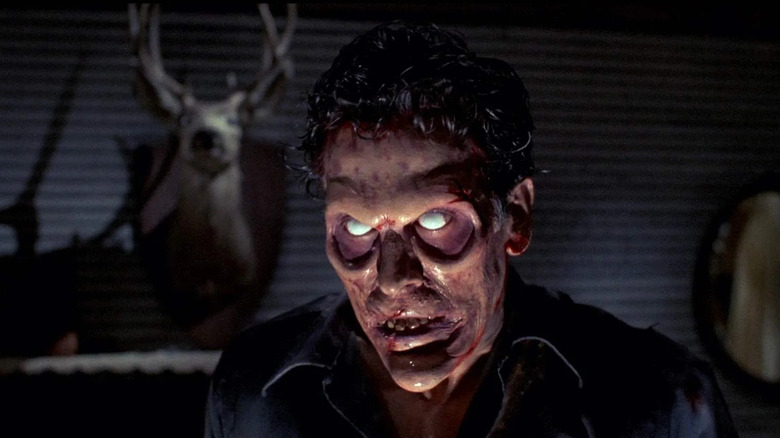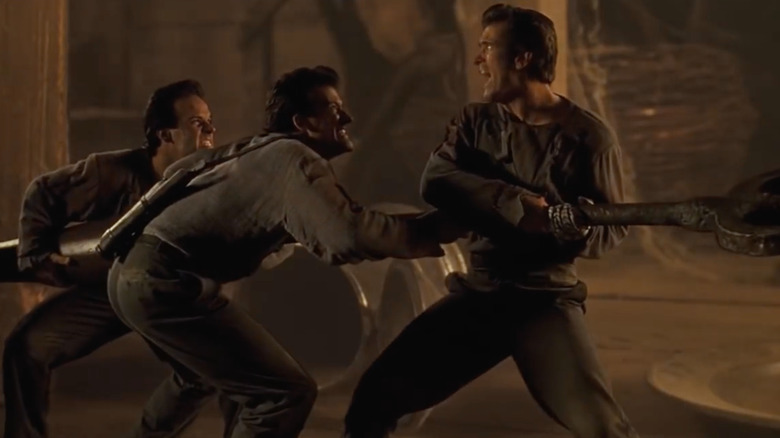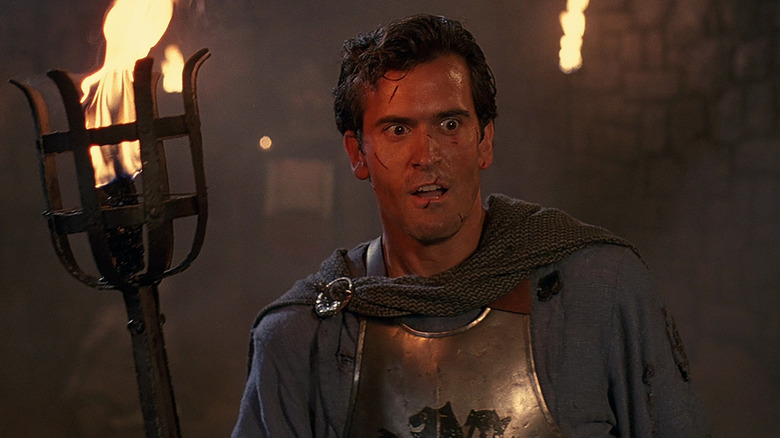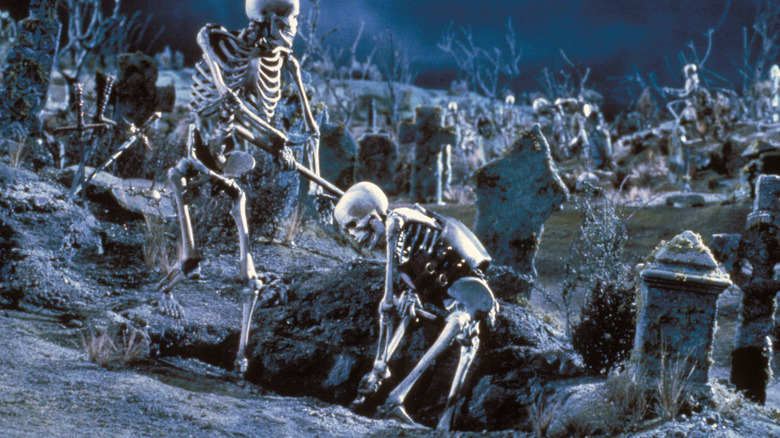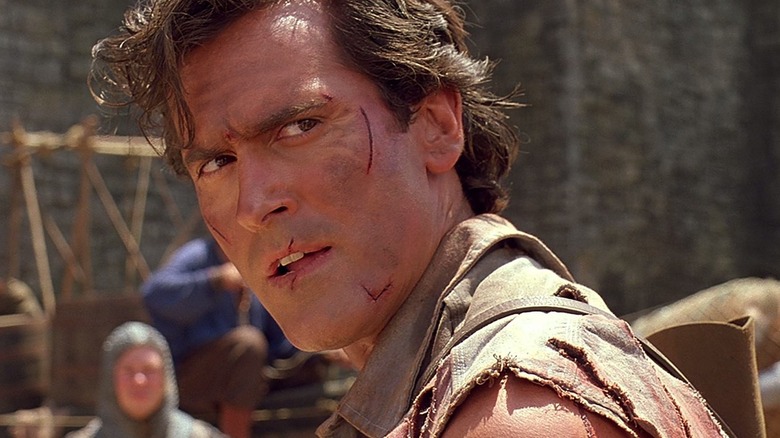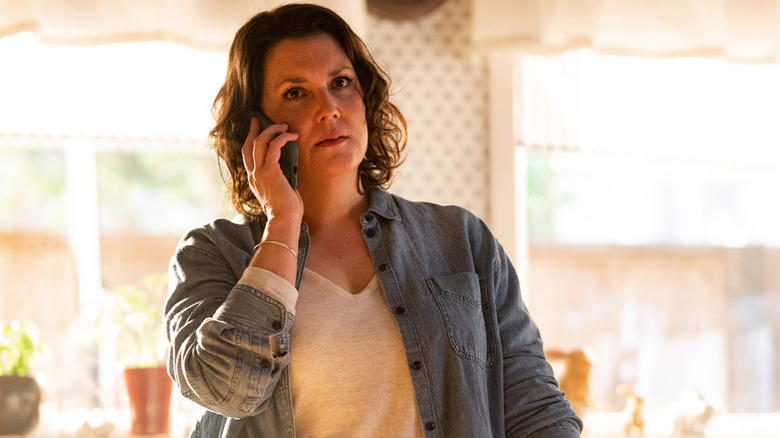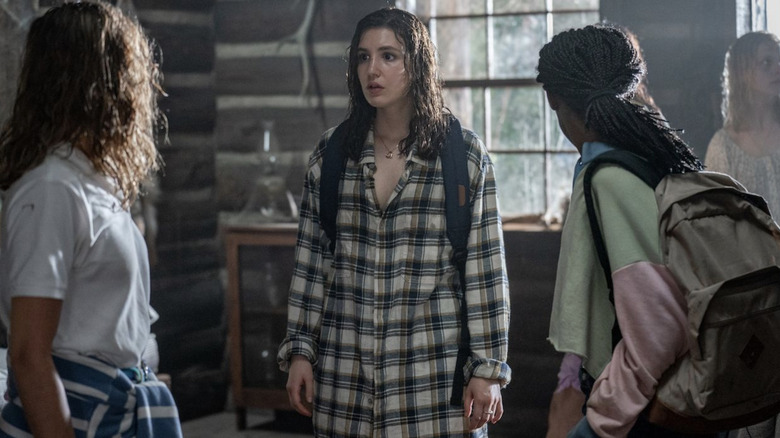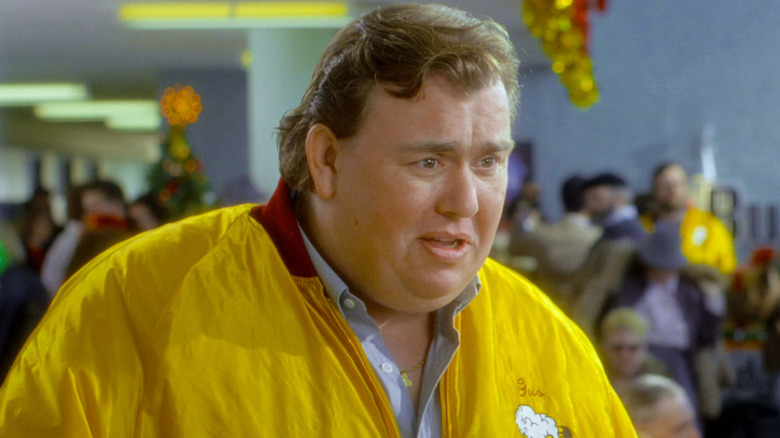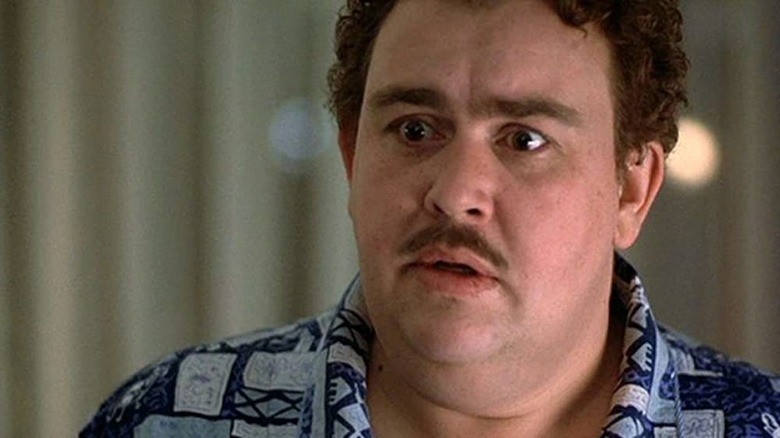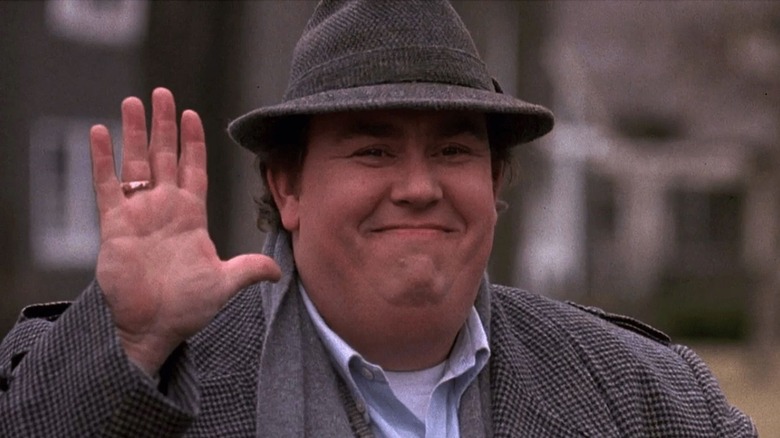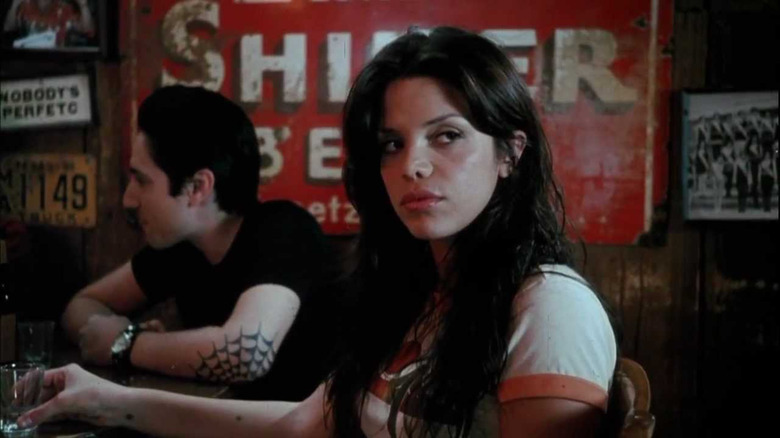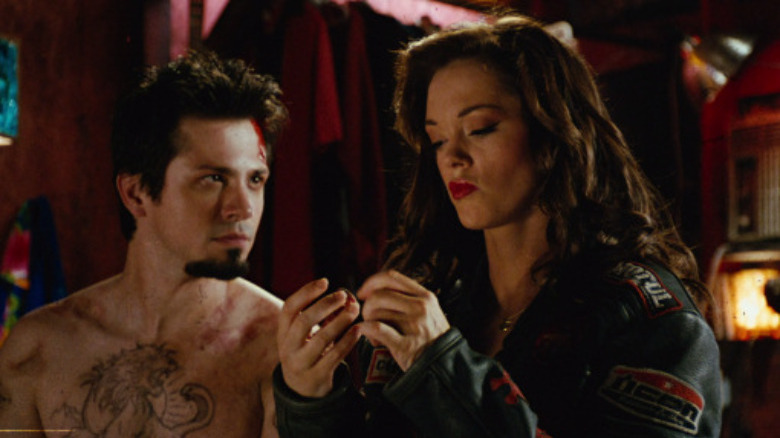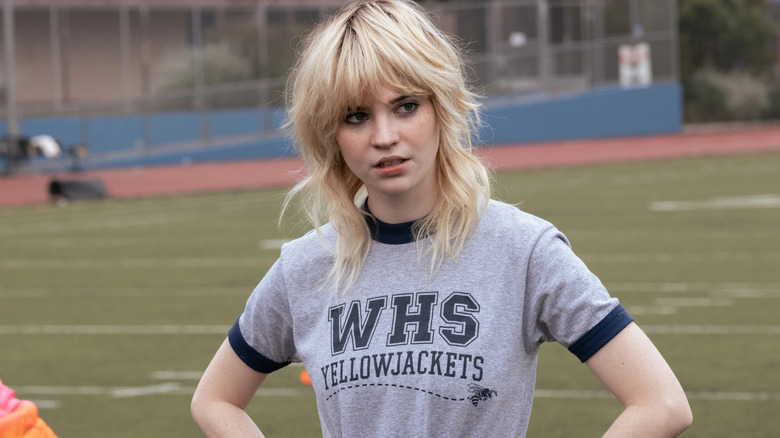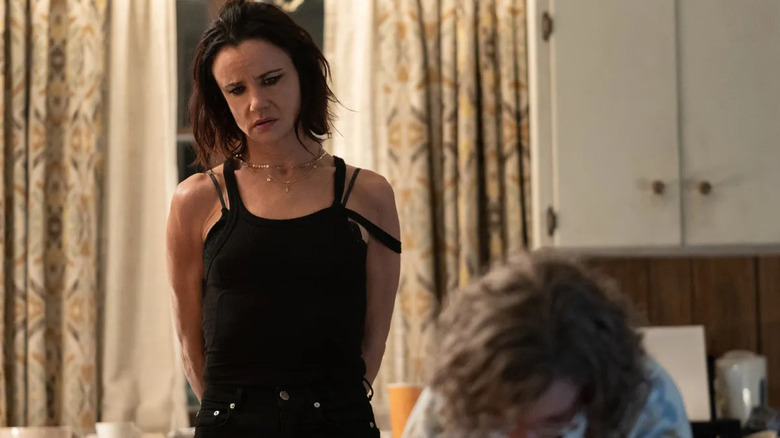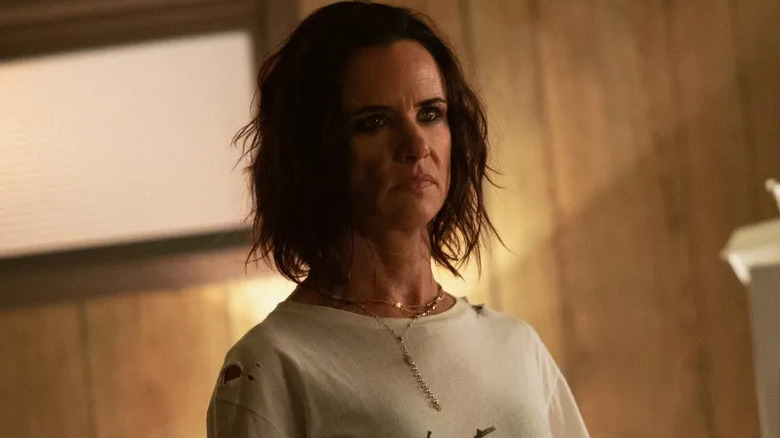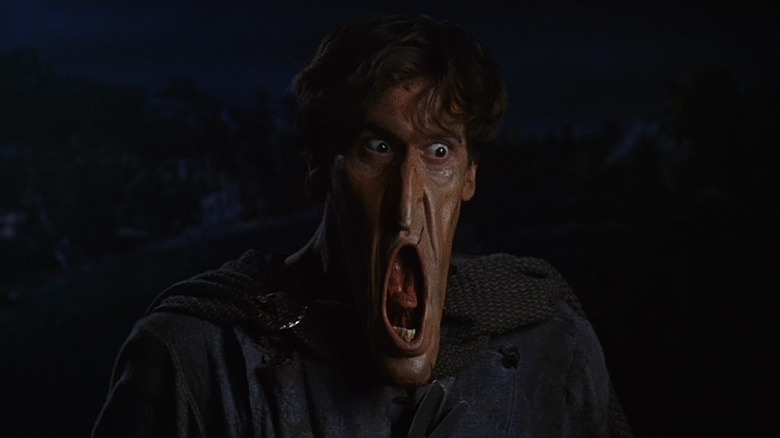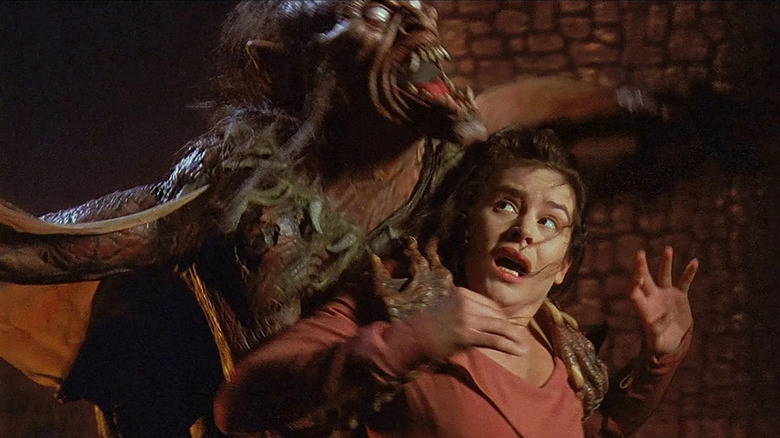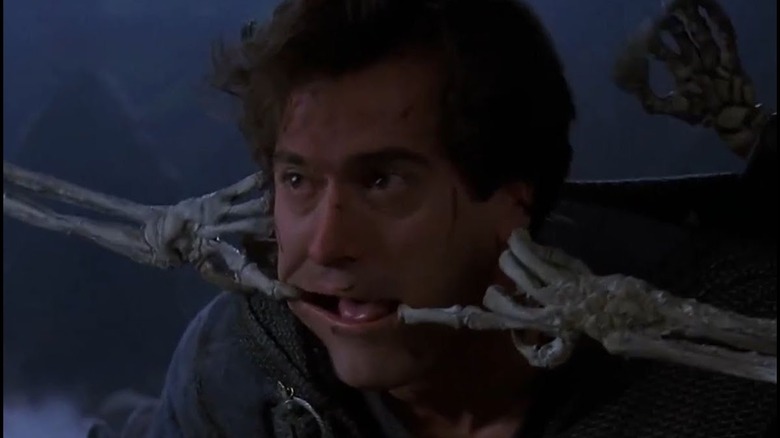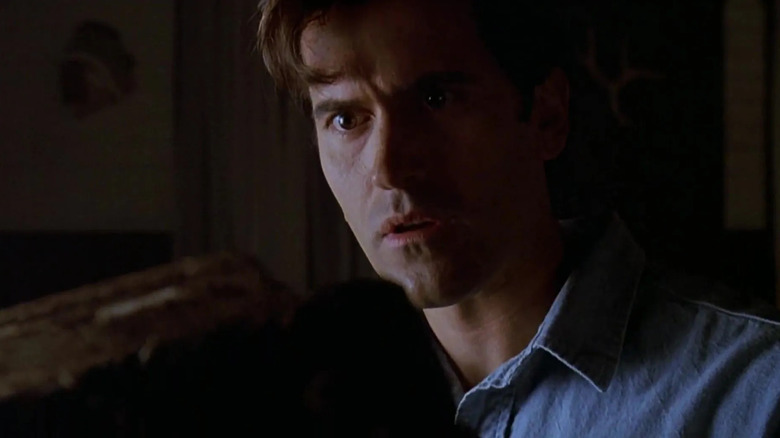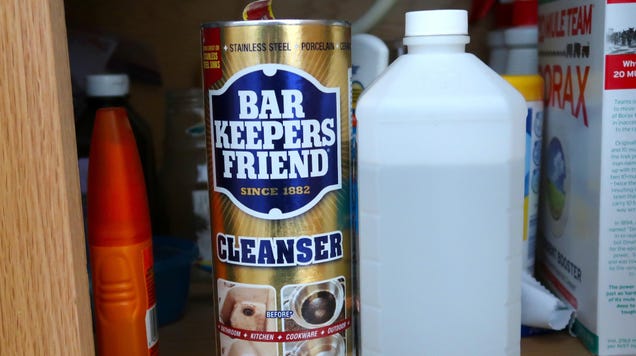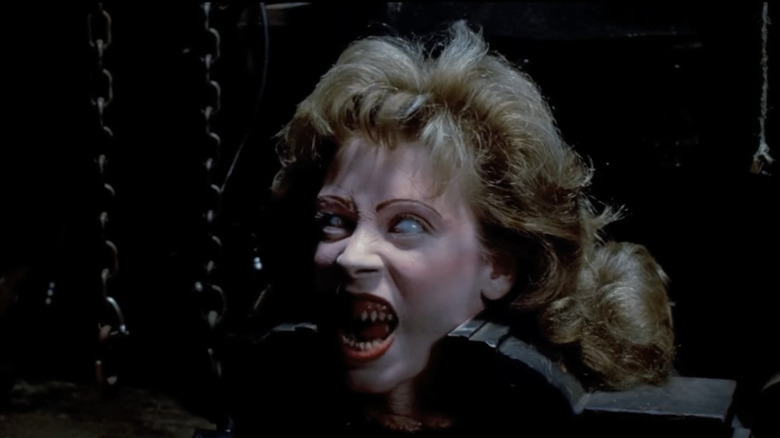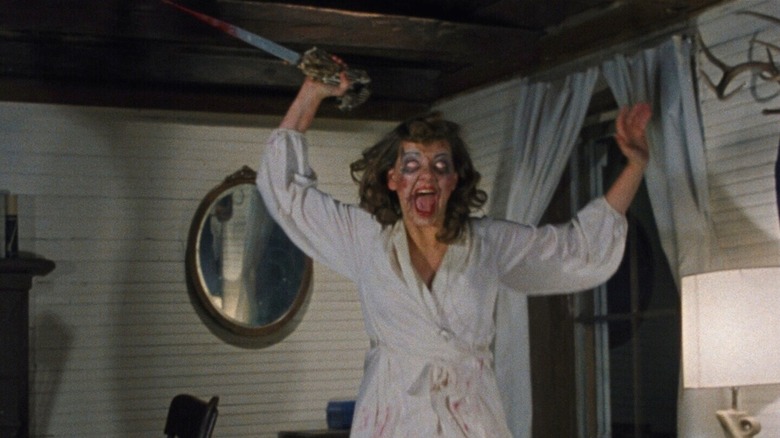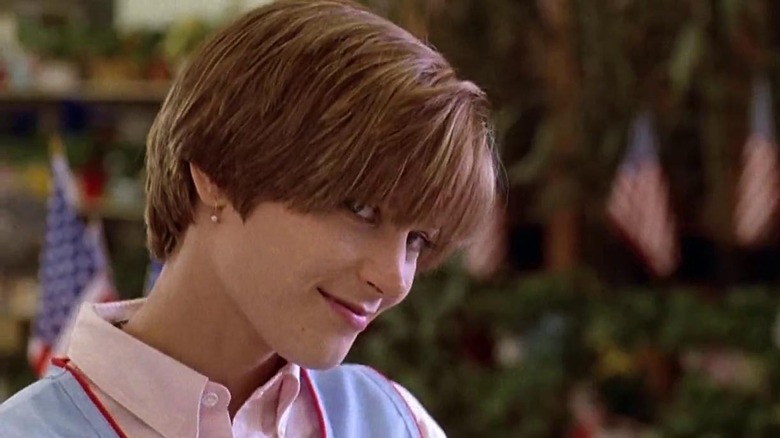The PlayStation VR2 is the virtual reality upgrade console gamers have been waiting for — but is it really worth $550? That depends on how much you need high quality VR.
The virtual reality landscape looks completely different today than it did in 2016. The original PlayStation VR arrived amid the peak of the VR hype, which kicked off with the Oculus Rift and HTC Vive. While they weren't perfect, wearing any of those devices was like shoving your eyeballs right into the next major leap for computing. And if VR took off, it was only a matter of time until we were all wearing augmented reality glasses. Clearly, that hasn't happened.
Now that much of the initial excitement around VR has fizzled out, the PlayStation VR2 is more of a curiosity than a must-have gadget. It has all of the specs you'd want from a next-generation headset, but it also costs more than the PlayStation 5 itself. Sony says more than 30 games will be available during the PS VR2's launch window, but who knows how well it'll be supported over the next few years.
And really, what's the point of a pricey tethered headset when the Meta Quest 2 gets you completely wireless VR (albeit of much lower quality) for $399? No matter how you look at it, the PS VR2 is a tough sell. And yet, I can't help but be impressed by it. The PS VR2 packs in the best of high-end PC VR, including innovative features like eye tracking, as well as something we've never seen before: Haptics for your head!
Before we get to that though, let's take a look at the PS VR2 itself. At first glance, it seems like an evolved form of the original, with a design that's more reminiscent of the PS5. Instead of a bulbous Fisher Price-esque toy, the PS VR2 actually looks like something built with artistic ambition. (Get ready to roll your eyes when it's highlighted at MOMA.) Sure, it's still made of plastic, but at least it's good plastic, the same stuff used for the PS5's exterior shell and the DualSense controllers.
I also didn't mind the plastic much since the PS VR2's internal hardware is such a massive upgrade. It features dual 2K OLED screens, which effectively deliver a 4K image. The field of view has also been bumped up to 110 degrees, putting it on-par with most other high-end VR headsets. While the displays still offer 90Hz or 120Hz refresh rates, in my experience everything just looks smoother thanks to the PS5's additional horsepower.
Up front, you'll find four sensors that track the headset and its new Sense controllers. Thanks to these "inside out" sensors, which are also found on the Meta Quest and many other headsets, the PS VR2 doesn't require a PlayStation camera to track its movement like before. Along the top, there's a button to extend the front half of the headset, as well as a dial to adjust the pupillary distance. It does so by physically moving the lenses to match the distance between your eyes, something that was sorely missing from Sony's first headset.
At the bottom of the PS VR2 there's a small microphone, power button and selection button. To get audio, you'll have to plug in the bundled earbuds along the back of the headset. There's nothing stopping you from using your own headphones or earbuds, but the cable situation would likely be a mess.
As for securing the PS VR2 to your head, I was happy to find that Sony didn't really change much from the incredibly comfortable first model. The PS VR2 features plush cushioning for your forehead, as well as a thicker cushion that sits behind your skull. Clicking the dial on the rear extends the arms of the headset, and like before, you secure it by twisting the dial. Together with its impeccably balanced design and light weight, the PS VR2 is a dream to wear. I only wish the headset flipped up like those forgotten Windows Mixed Reality devices – that would have made it far easier to slip on and off.
Still, I'm happy that Sony listened to the many criticisms of the Move wand controllers on the original PS VR. The new Sense controllers are actually purpose built for virtual reality – they're practically a carbon copy of Meta's Quest controllers, with a large tracking ring, analog sticks, two face buttons, triggers and grip buttons. Both remotes have haptic feedback, PlayStation buttons, and they also split the sharing and option buttons found on the DualSense. Overall they're a huge step up, though it would be nice if they were easier to put on when you're stuck in VR. It's hard to tell which controller is which, and their elaborate design makes it tough to get your fingers in the right places.
Every time I was frustrated with those controllers, though, I took a breath and appreciated what Sony got right. The setup process for the PS VR2, for example, is vastly simpler than the previous model. Now all you need to do is plug in a single USB-C cable into the front of your PS5 to get the headset going. You're still dealing with a nearly 15-foot cable, but at least it doesn't involve an additional breakout box and camera.
After pairing my Sense controllers with my PS5, I stepped through the familiar process of scanning my space and measuring the floor by lowering my controllers down. The PS VR2 did an impressive job of recognizing the safe play space I had in my basement, but I also appreciated being able to tweak specific sections to my liking. As with every other VR headset, you can choose to play games while sitting or standing up. I enjoyed both positions, but intensive games like Horizon VR: Call of the Mountain benefit from having more room. It's easier to feel like a post-apocalyptic warrior when you're actually breaking a sweat.
Horizon VR ended up being the perfect game to show off everything the new headset could do. From the start, the PS VR2's screens astounded me with rich color and a wonderful level of contrast. You can chalk that up to the power of OLED displays. I'm no stranger to the elaborately detailed environments of the Horizon games, but scaling cliff sides and peering down mountains in VR is another matter entirely. Horizon VR taps into the headset's eye tracking sensors for choosing menu options, and it also uses that feature for foveated rendering, which concentrates the PS5's power on the things you're looking at.
As I ogled the game's robotic wildlife, I was also surprised to find the PS VR2 rumbling around my head. I forgot that Sony was actually bringing haptics to the headset, and my first experience with that practically had me jumping out of my seat. Now I've tested tons of VR headsets, many with far better screens than the PS VR2. But none of them shook me to my core in the same way. Headset haptics could be abused down the line, but right now many developers are trying to use it tastefully.
The opening scenes of Jurassic World Aftermath, for example, hit a lot differently with a vibrating headset. Within the first few minutes, you encounter a pterodactyl attack, plane crash and a hungry T-Rex. And every time a dinosaur roared, it vibrated through my skull. You can, of course, turn off headset haptics if you want. But personally, I can't wait to see how new games take advantage of it. It's almost like feeling the DualSense controllers for the first time – we've all experienced haptics before, but Sony is doing it in entirely new ways.
The company's tracking technology also feels more mature than what I've seen from the Meta Quest 2 and Quest Pro. It rarely runs into hiccups, something I saw frequently with the first PS VR. The new inside out tracking system handled fast-paced games like Rez Infinite without any issues, and it also proved to be great with titles that required fine movement, like Tentacular. That game puts you in the role of a giant tentacle monster tasked with odd jobs like demolishing buildings or collecting enormous shipping containers. Having tentacle arms is tough – trying to manage them with glitchy motion tracking would be even tougher.
Sony knows how to make a good controller, so it's no surprise that the new Sense VR devices both feel great, even for lengthy play sessions. They typically lasted for around four hours, so I'd recommend investing in the $50 charging bay to keep the topped up. Otherwise, you'll have to remember to plug them into USB-C cables.
When you're not gaming, the PS VR2 also makes for a great personal cinema, something that could be useful if you're forced to share a living room TV. The headset makes video appear as if you're a few feet away from a 100-inch screen, so it's far more immersive than most televisions. I was able to kick back and comfortably enjoy some YouTube videos, Netflix shows and Blu-rays. This wouldn't be my first choice for binge watching anything (it's tough to eat or drink while plugged into VR) but it's great if you don't have space for a projector screen.
As much as I enjoyed my time with the PS VR2, playing many of these games felt like being thrown back in time. Seriously, I'll play Rez Infinite at every given opportunity, and it looks dramatically better on the new headset. But fundamentally, it's the same game that was released back in 2016 on the PS4 (itself a remake of the original 2001 title). And really, that's the story of many games coming to the PS VR2. Tentacular is a blast, but it arrived on the Quest 2 last year, and the Jurassic World game is even older. Perhaps upcoming VR releases, like Grand Turismo 7 and Resident Evil Village, will make a better case for Sony's new headset. Right now, though, it feels like it's arriving several years too late.
And then there's the price. Asking gamers to spend $550 on an accessory just feels like punishment after they shelled out almost the same amount on the PS5 itself. The original PS VR cost $500 if you bought the camera and controller bundle, but its base price was $400 if you already had those accessories. If Sony actually wanted to push VR adoption to new heights, rather than extract every cent of profit possible, the PS VR2 should have been $400 or less. It's particularly tough to stomach now with the $400 Meta Quest 2 around (and don't forget it used to be $300 before Meta bumped its price up). But hey, at least the PS VR2 feels like a better deal than the $1,500 Meta Quest Pro.
I'm sure the PlayStation VR2 will come down in price eventually, but it seems like Sony is bungling what should be an important launch. Right now, it feels more like the PlayStation Vita than any other Sony product — an innovative device that the company just doesn't know how to handle. I'm also hoping Sony considers PC compatibility eventually, as that could help to justify its higher price. (I won't be surprised if third-party drivers arrive soon, though pairing the controllers may be an issue.)
If you're a PS5 owner that's been dying to see what PC VR enthusiasts have been enjoying for the past few years, the PS VR2 is exactly what you've been waiting for. Everyone else should just sit tight until the price drops and more new games arrive. And if the VR industry continues its current downward trajectory, that discount may happen sooner than you think.
